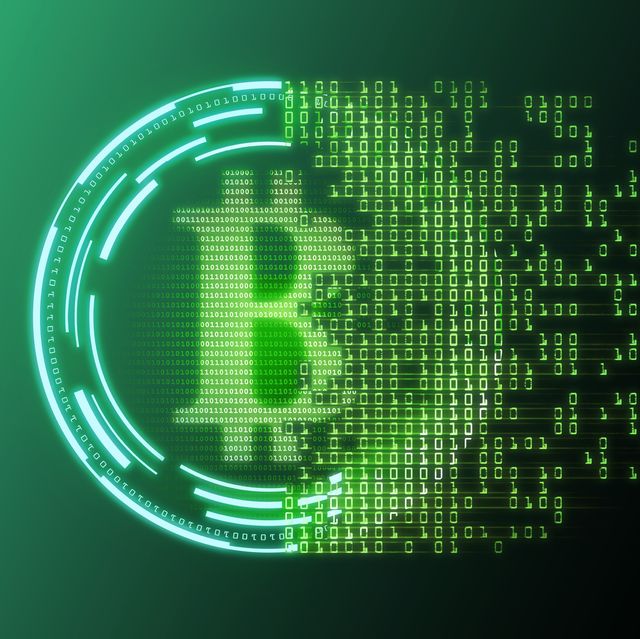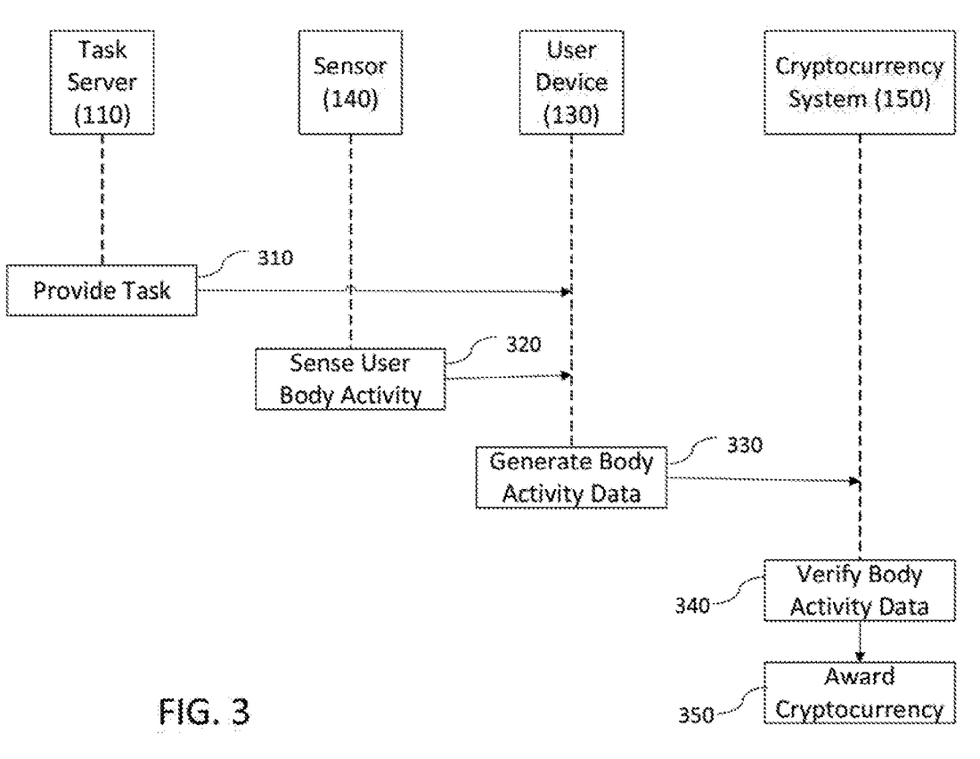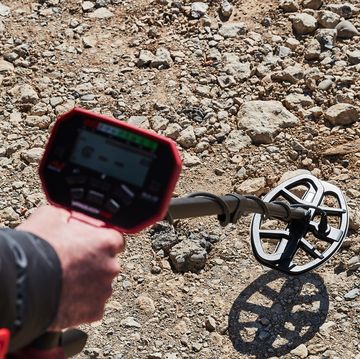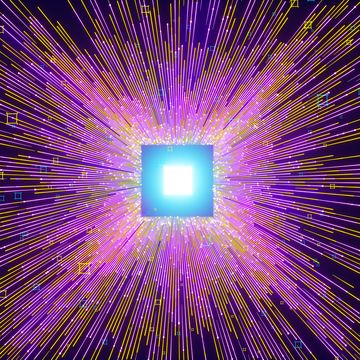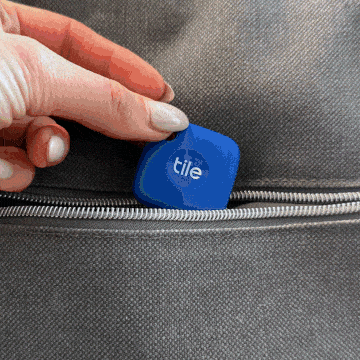- Microsoft has filed a patent application for a system that uses brainwaves to mine cryptocurrencies.
- The ledgers that track bitcoin transactions look for a "proof-of-work" that confirms a computer has mined the currency.
- Microsoft's idea is to replace that underlying computation with the brainwaves that we produce while watching an advertisement; it would be unconscious, potentially ever-saving work.
While cryptocurrency mining is automated, it's also a major energy hog. Research in the journal Joule estimates that Bitcoin mining generates 22.9 metric tons of carbon emissions a year, which is the same amount the entire country of Jordan produces annually.
Now, Microsoft thinks it has a solution: using your brainwaves to mine bitcoin.
The concept, as outlined in a March 26 patent application, sounds pretty strange, but it's really just a way to replace the involved computation work that usually verifies Bitcoin transactions, for example.
"Instead of massive computation work required by some conventional cryptocurrency systems, data generated based on the body activity of the user can be a proof-of-work, and therefore, a user can solve the computationally difficult problem unconsciously," the inventors write in the patent application's summary. "Accordingly, certain exemplary embodiments of the present disclosure may reduce computational energy for the mining process as well as make the mining process faster."
Crypto mining is decentralized because no single server handles all of the transactions. Instead, cryptocurrency relies on blockchain technology. We're specifically talking about proof-of-work, which is the consensus algorithm blockchain depends on to confirm transactions.
Let's say you send your friend a digital token. Behind the scenes, "miners"—essentially a network of computers—compete against each other to complete the transaction, which results in a reward. To mine crypto, like Bitcoin, the computers must solve some sort of mathematical puzzle, and whichever miner does it first finishes the transaction.
In the process, these competing computers consume loads of electricity, which explains some of Microsoft's motivation. As the company describes in the patent application, while a person watches an advertisement or conducts some other simple internet task, sensors can monitor their brain activity. Because these actions are largely unconscious work, they aren't massively draining to the person.
Each cognitive task would be assigned a pattern of numbers, depending on how much effort was put in. If that string matches the target, it's considered a proof-of-work, and the transaction may be completed. Using the brainwaves as a stand-in would take some light effort on the part of the human involved, but would save massively on electricity.
The idea is still controversial—who are the people wearing these nodes on their heads to mine bitcoin, anyway? And it's not difficult to imagine a nightmare scenario like the unethical work conditions forced on outsourced Facebook moderators.
But remember: Companies like Microsoft often come up with these patent applications as a way to ensure competitive edge in the future, just in case another firm wants to work on something similar. There's a really good chance this concept could all amount to absolutely nothing, or at least Microsoft may not actively pursue it until way down the road. It's more or less an insurance policy.
